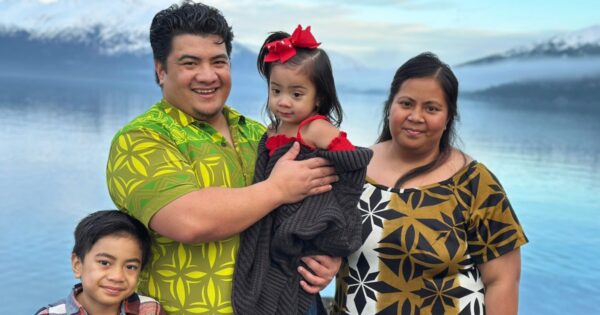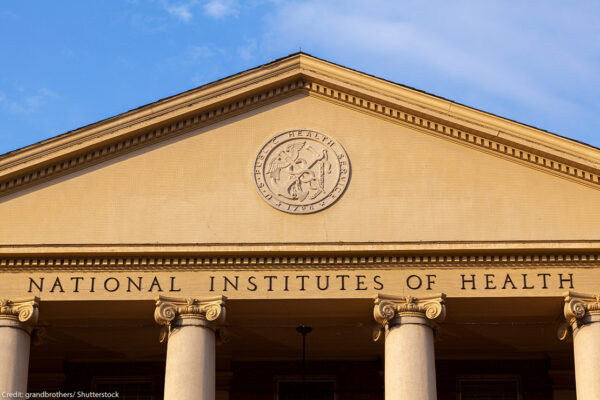To Create a More Perfect Union, We the People Need Reparations to Heal Our Wounded Souls
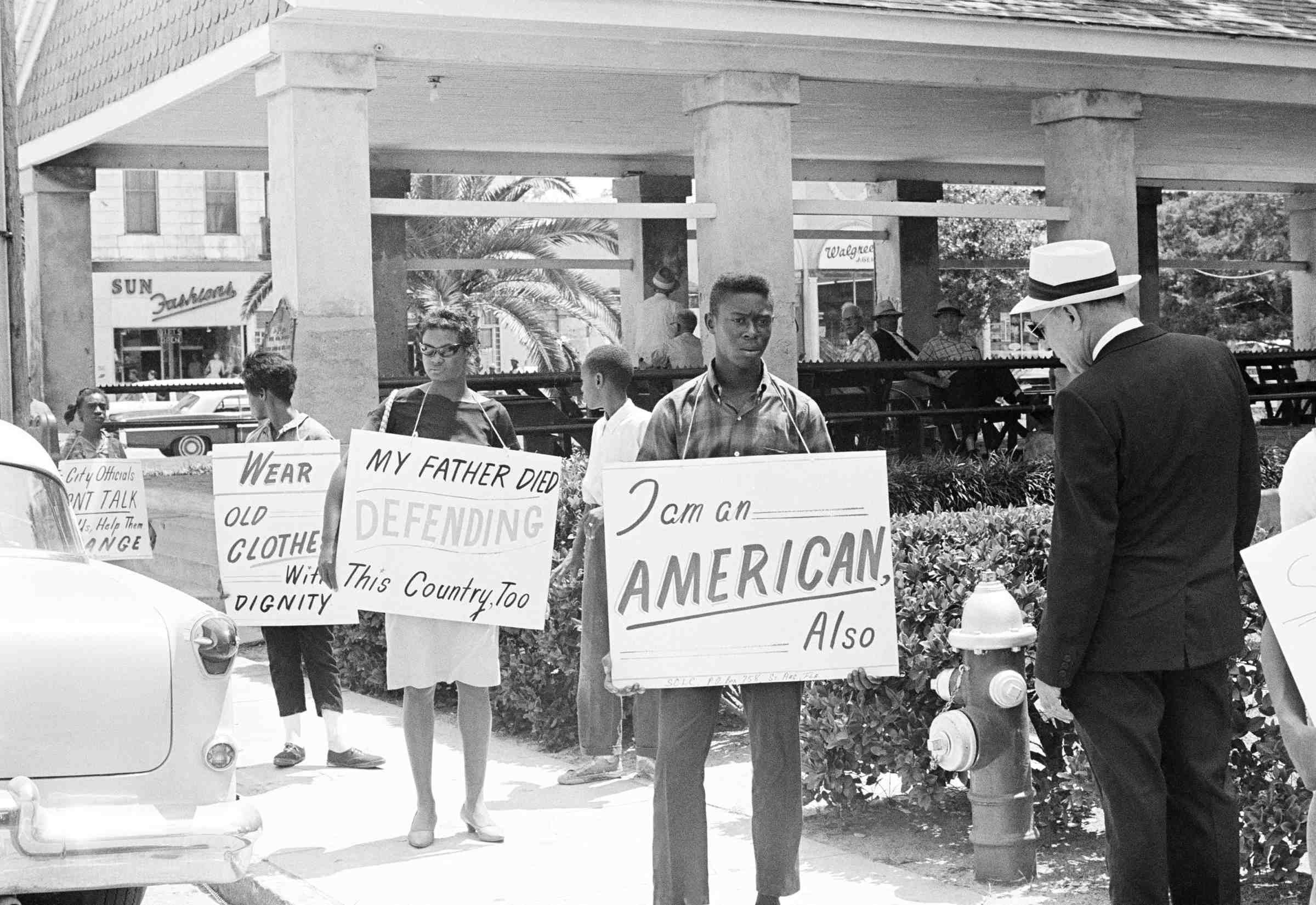

The National African American Reparations Commission (NAARC) for reparatory justice states:
ŌĆ£With the ŌĆśabolitionŌĆÖ of slavery the ŌĆśemancipatedŌĆÖ sons and daughters of Africa suffered systematic, often violent repression, oppression, exploitation and deprivation under southern apartheid and de facto segregation in every region of this nation.ŌĆØ
The African Holocaust of enslavement began at least as far back as 1501. We are in the midst of the for People of African Descent. There is no more propitious moment to publicly address the negative living legacies of African enslavement in the Americas than this year, when we mark the 400th anniversary of the arrival in Virginia of 20 unfree Africans. They had been captured, chained, and shipped against their will to perform brutally enforced labor in foreign lands an entire ocean away from their homelands.
Ongoing negative political, social, economic, and cultural legacies of the trans-Atlantic Maafa (ŌĆ£terrible occurrenceŌĆØ in Ki-Swahili) involve generations of racial disparities and injustice ŌĆö from the domestic slave trade and slave breeding, convict leasing and debt peonage, lynch mobs and indiscriminate torture to Jim Crow segregation, economic discrimination, urban renewal (ŌĆ£Negro removalŌĆØ), police killings, the for-profit prison industry, and mass incarceration as well as a burgeoning racial-wealth gap, fueled by rapacious gentrification, , and neighborhood-killing school closures.
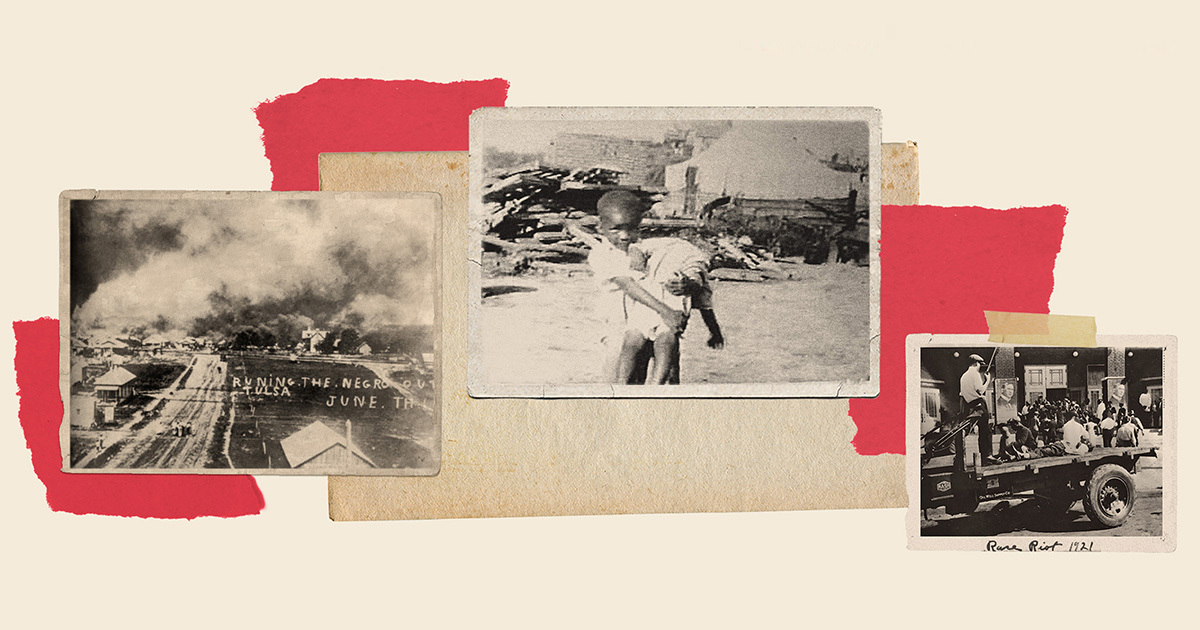
Read the Full Reparations Series
The latest on Reparations, H.R. 40 and the Path Forward
Source: ═°║ņ▒¼┴Ž
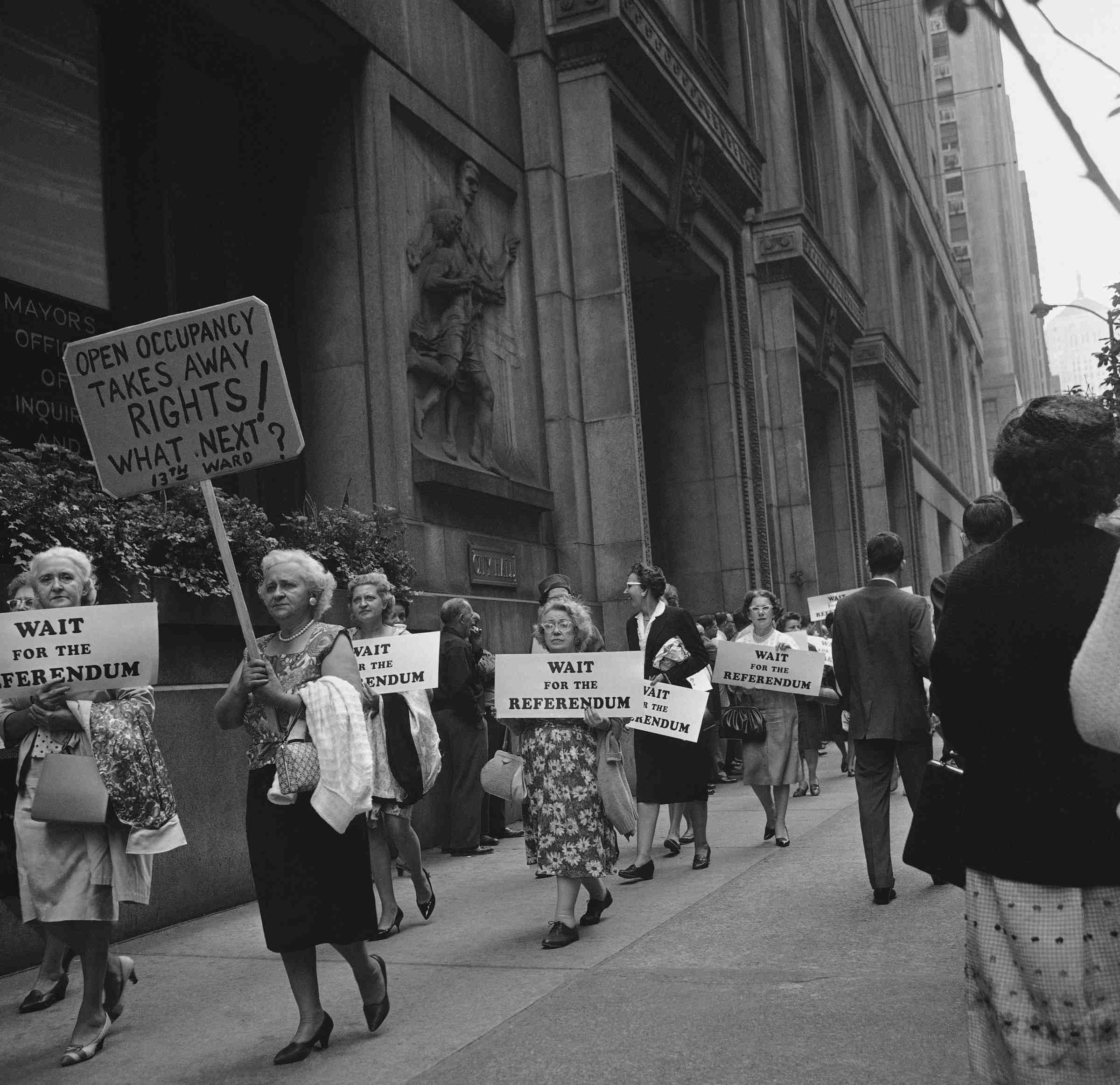
Demonstrators marching around Chicago's City Hall carry signs protesting an ordinance banning discrimination in real estate deals, Sept. 11, 1963
Associated Press
These ongoing negative legacies of the worst holocaust in human history have left a gaping wound in the soul of America, one that demands to be healed now rather than later. ŌĆ£In consultation with the broad Reparations movement in America,ŌĆØ the :
1. A Formal Apology and Establishment of a MAAFA/African Holocaust Institute
2. The Right of Repatriation and Creation of an African Knowledge Program
3. The Right to Land for Social and Economic Development
4. Funds for Cooperative Enterprises and Socially Responsible Entrepreneurial Development
6. Education for Community Development and Empowerment
7. Affordable Housing for Healthy Black Communities and Wealth Generation
8. Strengthening Black AmericaŌĆÖs Information and Communications Infrastructure
9. Preserving Black Sacred Sites and Monuments
10. Repairing the Damages of the ŌĆ£Criminal Injustice System.ŌĆØ
The NAARC proposes to establish The National Reparations Trust Authority to administer this reparatory justice program. In this essay, I explore some educational aspects of this program.
Memory Justice: A Debt Owed
This year is also the 100th anniversary of another legacy of slavery: the ŌĆ£Red SummerŌĆØ of 1919. In more than 30 cities and rural areas throughout the U.S., armed white mobs attacked, slaughtered, and drove Black Americans out of their homes with impunity, often with the complicity of local governments. The most violent attacks took place in Chicago and Washington, D.C., where Black people fought back, and rural Elaine, Arkansas, where whites massacred Black sharecroppers who were meeting to organize a union.
A fuller picture of the slaughter and the strengths of our heritage emerges when we remember that white mob violence was frequently directed at destroying emerging Black prosperity in Atlanta (1906); East St. Louis, Missouri (1917); Tulsa-Greenwood, OklahomaŌĆÖs ŌĆ£Black Wall StreetŌĆØ (1921); and Rosewood, Florida (1923), for example.
Recognizing and acknowledging these horrific legacies of slavery and Jim Crow is a moral and ethical responsibility of AmericaŌĆÖs political leaders and the American nation as a whole. Passed on from one generation of African Americans to another, these legacies manifest themselves today in deepening racial inequalities and disparities, especially in wealth, health, and education.
Last week, I was immersed in media resources that can be used to teach the facts of ongoing racial repression:
- A PBS Documentary, ŌĆ£ŌĆöthe Ethnic Cleansing of Blacks in America,ŌĆØ recounts the violent expulsion of entire Black communities and the loss of their land in Pierce City, Missouri (1901); Harrison, Arkansas (1905); and Forsyth County, Georgia (1912);
- The New York PostŌĆÖs documentary video on the of 237 Black sharecroppers, including women and children, that ŌĆ£led the Supreme Court to curb the racial disparities of the justice systemŌĆØ;
- ŌĆ£ŌĆØ is an animated film that examines ŌĆ£the forgotten history of how our federal, state and local governments unconstitutionally segregated every major metropolitan area in America through law and policyŌĆØ;
- News of the discovery of the remains of the near Mobile, Alabama, the last slave ship that brought 110 kidnapped African men, women, and children to this country illegally in 1860;
- The official trailer for the HBO documentary, ŌĆ£,ŌĆØ featuring the work of StevensonŌĆÖs Equal Justice Institute
- Black TwitterŌĆÖs chatter about Ava DuvernayŌĆÖs agonizing film series, ŌĆ£ŌĆØ which exposes the wrongful rape conviction and incarceration of the Central Park 5.
As if this vicarious immersion in slaveryŌĆÖs legacies wasnŌĆÖt painful enough, a conversation with my cousin was also disturbing. I learned that around 1919 our family had also fled their homes in a harrowing night-time escape from racial violence in Arkansas. My cousin said, ŌĆ£I thought you knew about that.ŌĆØ I didnŌĆÖt.
Our family also never knew why my grandfather looked like a white man, when his mother was elegantly black-skinned. Apparently, this was a secret that my great-grandmother took to her grave. The story I always heard growing up was that she fled Louisiana with her daughter (who was dark-skinned like her) and her baby ŌĆö my grandfather ŌĆö who looked nothing like her at all.
Denied the justice of family memory, we share the incalculable intergenerational pain of loss that other African Americans experience who do not know our familiesŌĆÖ histories. No amount of money can compensate us for the debt that is owed for this loss ŌĆö the human right of family memory and belonging ŌĆö but also for ongoing trauma inflicted by a racially flawed curriculum taught in schools at every level that continues to exacerbate these wounds.
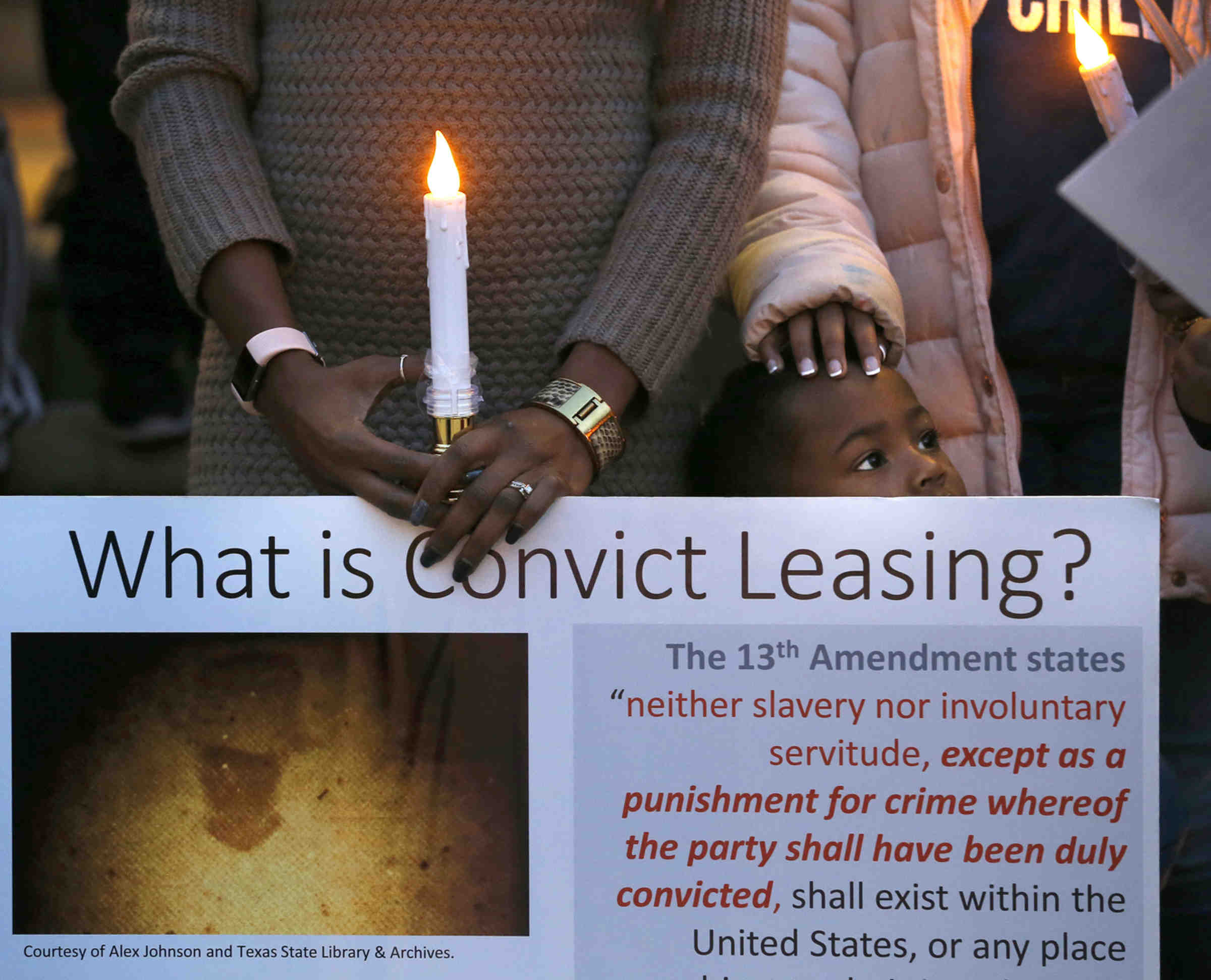
Andrea Collins, with her children, holding a sign explaining convict-leasing at a candlelight vigil, in Sugar Land, Texas on Dec. 16, 2018, honoring the 95 African-American remains found at the Fort Bend ISD construction site
Associated Press
A Call for a Reparatory Justice Curriculum
A reparatory justice curriculum engages accurate scholarship informed by African epistemology (whose knowledge counts?) and wisdom and thus affirms our own voices. Including knowledge that both academic and community scholars produce, this curriculum can recover the missing narratives of African peopleŌĆÖs agency and humanity. This is a to rewrite the story of our dispossession and the debt owed in keeping with NAARCŌĆÖs demand for the creation of an African Knowledge Program:
ŌĆ£This Program will serve to bridge the barriers and heal the wounds between Africans in the U.S. and Africans on the continent, resulting from centuries of enslavement, cultural alienation, misinformation and divide and conquer/exploit schemes initiated by European and American slave traders, colonialists and neo-colonialists. Emotional Emancipation Healing Circles, research missions and cultural/educational exchanges to build ŌĆśbridges of belongingŌĆÖ will be part of such a Program.ŌĆØ
Reparations is a just and righteous movement whose time has come, not only for the benefit of the descendants of enslaved African Americans, but such a healing process must be multiracial and multigenerational.
Consider this: A white kindergarten teacher (with a masterŌĆÖs degree) told me, ŌĆ£I didnŌĆÖt know that any other people besides African Americans had ever been slaves!ŌĆØ Really?
Many teachers lack not only accurate historical knowledge but also any understanding of structural racism ŌĆö the racial advantages American capitalism provides as a result of the uncompensated labor of enslaved Africans. Indeed, hardly a week goes by without another shocking headline like this one, ŌĆ£,ŌĆØ and more evidence of harmful, ŌĆ£ill-conceived,ŌĆØ and ŌĆ£offensiveŌĆØ classroom instruction about slavery:
ŌĆ£The New York state attorney general found that a teacherŌĆÖs mock ŌĆśslave auctionŌĆÖ negatively affected students. ŌĆ” In March, a white teacher at an affluent New York private school was accused of for her students in which white fifth-graders pretended to bid on their black peers. ŌĆ” The student auction took place at ŌĆ” a private school in an affluent, predominantly white neighborhood north of Manhattan. ŌĆ” According to a March 8 report from , [another] fifth-grade teacher ŌĆ” had black students leave the classroom and, according to one student, pretended ŌĆśto put imaginary chains along our necks and wrists, and shackles on our anklesŌĆÖ.ŌĆØ
I remind the educators in my courses that we are not looking for villains or victims. Rather, ŌĆ£to create a more perfect union,ŌĆØ to build and sustain a true democracy, to undo centuries of white supremacy racism that denies Black humanity and cripples the conscience of other Americans, we need reparations now to heal our wounded souls.
An African Knowledge Program
The reports that 4,075 African Americans were lynched between 1877 and 1950. Paraphrasing the father of Black History Month, Carter G. WoodsonŌĆÖs classic text, The Mis-education of the Negro: There would never have been any lynching if it did not first take place in the classroom. This miseducation involves not ŌĆ£forgotten historyŌĆØ but intentional curriculum distortion and erasure that denies ŌĆ£We the PeopleŌĆØ knowledge of African-American historical trauma and triumphs and hides the damage to white AmericaŌĆÖs soul as well.
My research shows how the miseducation of teachers produces : an impaired, uncritical habit of mind, a way of thinking that takes racism and inequality for granted and thus blocks moral action. Here are examples of the kind of African knowledge that we need for critical historical consciousness and human freedom.
- Community historian Ser BoxleyŌĆÖs program to preserve the Forks of the Road slave market in Natchez, Mississippi, is featured in ŌĆ£,ŌĆØ a Smithsonian Magazine story about the domestic slave trade. Boxley articulates the wisdom of African epistemology that is missing in the curriculum:
ŌĆ£You cannot tell the story of African American descendants of enslaved Africans without speaking about the Africans who created civilization, language, science, medicine, farming, astronomy ŌĆ” and who first realized they were spiritual beings having a human existence, connected to the SOURCE of all that is.ŌĆØ (personal communication)
- In the 1820s, free Black people and escaped slaves founded the self-sustaining village of Timbuctoo in New Jersey, which became an important stop on the Underground Railroad:
ŌĆ£It was probably named after Timbuktu, the town in Mali near the Niger River, although researchers are still trying to find out how and why it got its name. The neighborhood still exists in the township of Westampton, N.J., about a 45-minute drive northeast of Philadelphia.ŌĆØ
- A community based archeological investigation that the location of the homes in Timbuctoo reveals the communal ethos of the residents. They built their homes near enough to each other to come to each otherŌĆÖs defense in the event slave catchers were trying to take someone away. History records one such example of community self-defense in Timbuctoo as the ŌĆ£."
- Within 50 years after the end of slavery, there were over 100 independent Black communities and nearly 100 Black colleges and universities. (pronounced ŌĆ£Hay-tieŌĆØ), in Durham, North Carolina, was the first to achieve total self-sufficiency. Black people owned and operated more than 200 businesses and had their own schools, churches, a hospital, a library, two movie theatres, a recreation center, and two hotels. The North Carolina Mutual Life Insurance Company was the nationŌĆÖs largest and richest Black-owned business.
What Can You Do?
- Host screenings of the films cited above and discuss them with co-workers, neighbors, family members and friends. Lean in, donŌĆÖt evade your discomfort.
- Ask schools to teach a Reparatory Justice Curriculum.
- Contact your legislator and encourage him/her to support HR-40.
- Stay informedŌĆövisit the online Reparations Resource Center.
Thus, NAARCŌĆÖs call for ŌĆ£Preserving Black Sacred Sites and MonumentsŌĆØ recognizes:
ŌĆ£All across this land there are slave quarters, hundreds of sites where Black people were lynched, and locales where Black towns and institutions were destroyed. But there are also Black burial grounds, Black towns, e.g., Nicodemus, Kansas, Mt. Bayou, Mississippi, houses of worship, meeting halls, one-room schools and other significant institutions that speak to the triumphant quest of a determined people to create a new African community in this hostile land.ŌĆØ
Other evidence of Black self-determination and moral engagement should be remembered and memorialized, including, for example, the Mrs. Fannie Lou Hamer established; the Septima Clark and Esau Jenkins organized (with support from Miles HortonŌĆÖs ); the organizing groundwork of Jo Ann Gibson Robinson and other members of the that made the Montgomery Bus Boycott possible; to correct the fable that she was just a little old seamstress whose feet were tired; the activism of , the teenager who refused to give up her seat on a bus in Montgomery before Mrs. ParksŌĆÖ resistance; and the resilience of the people of (Plateau, Alabama) and other communities engaged in recovering their history, such as the , , and the . As stated in the preamble of the NAARC reparatory justice plan:
ŌĆ£The struggle for freedom, dignity, self-determination and community/national development is a saga of a people in a strange land resisting, surviving, maintaining families, building institutions and creating a future in the face of unspeakable oppression, exploitation, terror and violence.ŌĆØ
Recently, a friend told me that when she was researching her family genealogy, she was surprised to find that they had all left Arkansas together. Considering what I had just learned from my cousin, I suggested that perhaps her family had to leave. At what cost financially and emotionally we wondered? Comparing notes further, we discovered parallel family stories of loss, racial trauma, and resilience: Like my family, her people had left Louisiana, then they went to Arkansas and then on to Oklahoma and Texas. We simply looked at each other and said almost in unison: ŌĆ£Cousins.ŌĆØ
